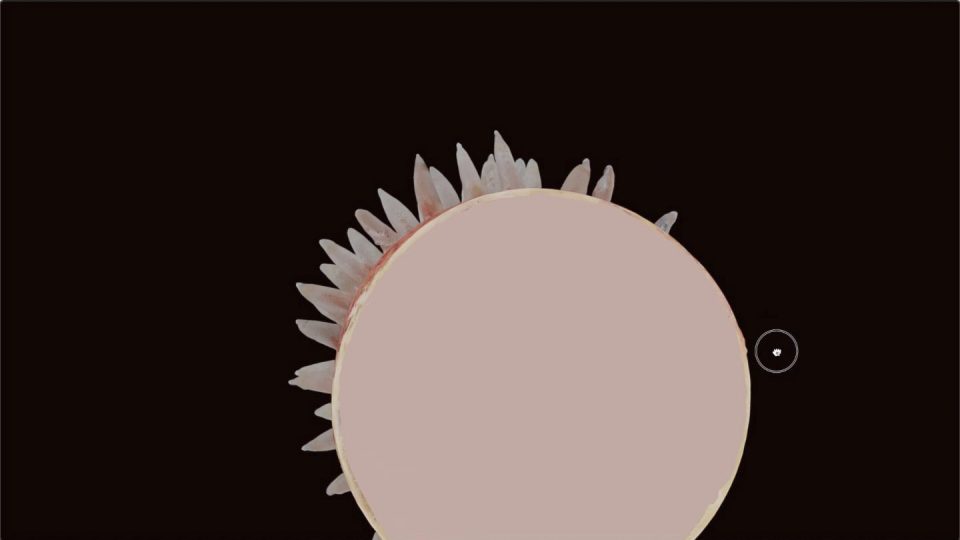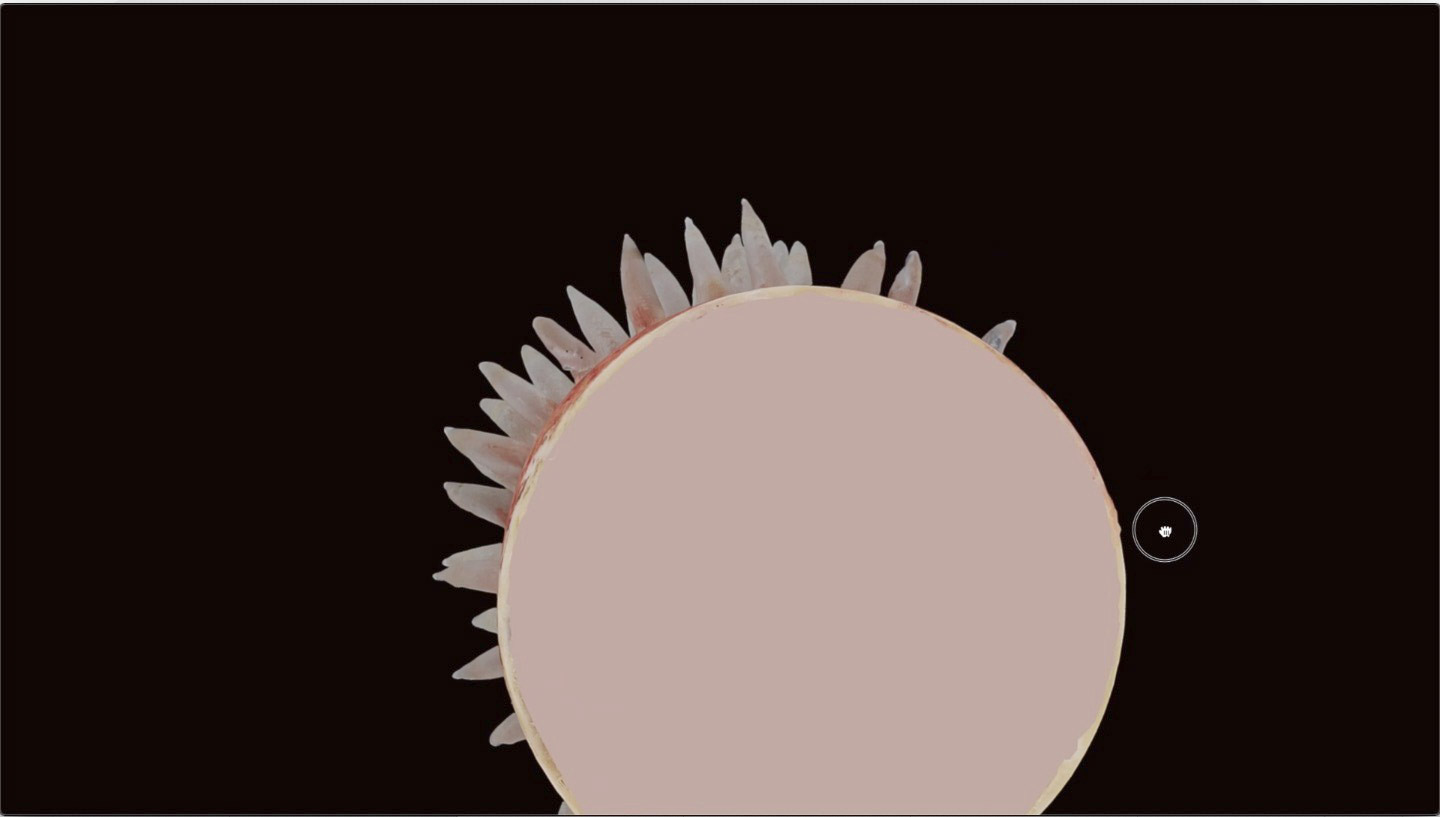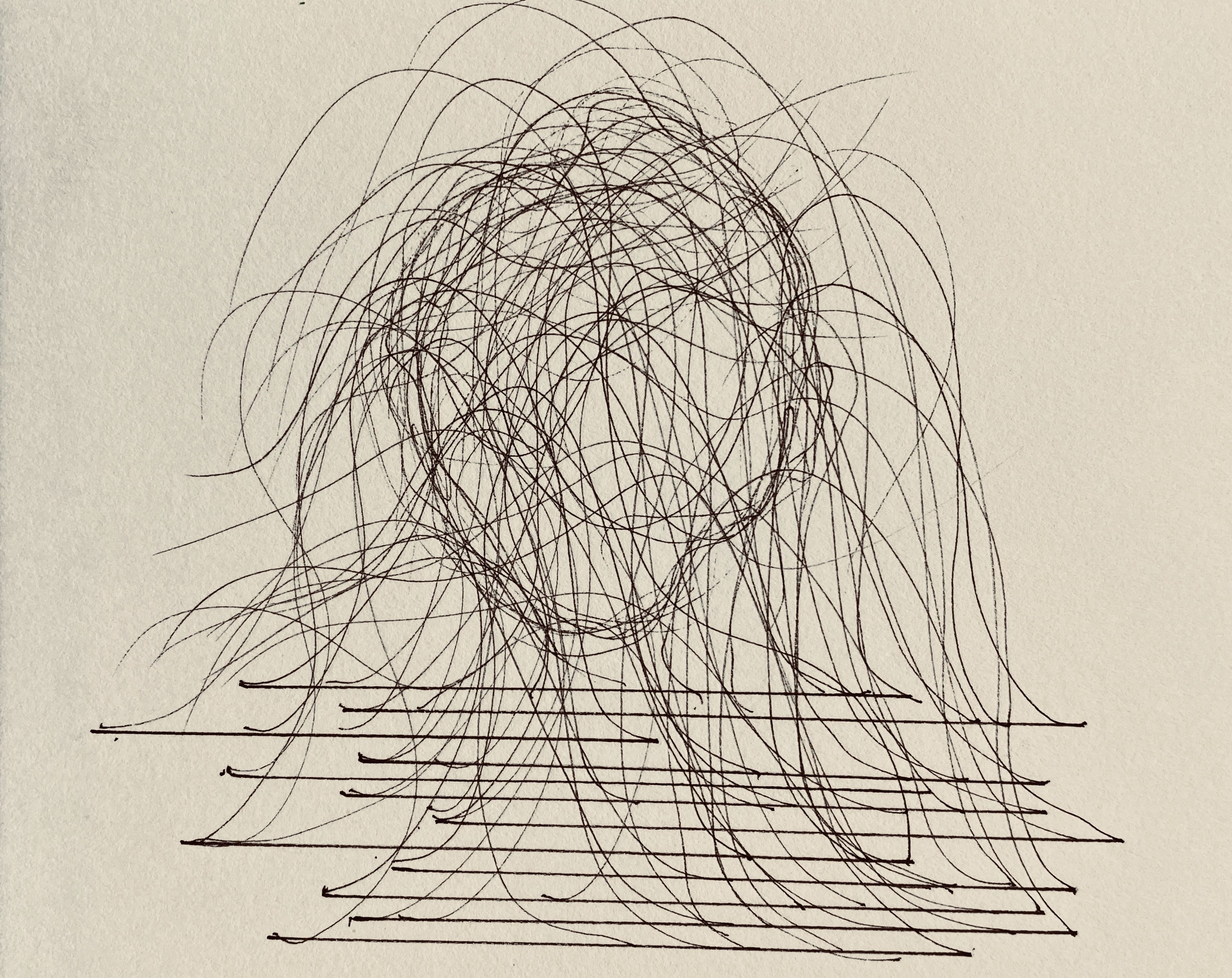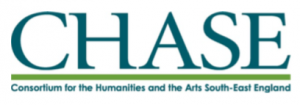Gathering #15 - Dr Bridget Crone - The Liquidity Cohort: Liquid Bodies-Worlds Series #2

Dr Bridget Crone
The Liquidity Cohort: Liquid Bodies-Worlds Series #2
Gathering #15 - 8 June 2020
Liquid Bodies-Worlds is a series of seminars, research and practice-led activity that explores artistic, poetic and philosophical approaches to the notion of “liquidity”. Our focus is on questions of methodology and practice in relation to states of immersion and transition. We will address the implications of ideas of liquidity as an ecology through field trips, workshops, performances and seminars with guest artists and theorists.
While there have been a number of events and a burgeoning literature surrounding watery ecologies, the oceanic and the liquid that emerges in relation to the social sciences and the environmental humanities, Liquid Bodies-Worlds is designed to engage with the field of artistic practice through engaging with questions of “liquidity” as an immersive experience of being-in-the-world and its implications for practice; questions of how to write from states of immersion, how to work from the body immersed in experience.
Approaching liquidity as a form of horizontal relation between bodies is not only to prioritise the experience and the becoming of the body in relation to other bodies (swarms, schools, smacks to use watery analogies here) but also to ask key questions of the body in its becoming – that is, to examine entanglements with fictions, technologies, finance and pharmacologies. How do we think, write or act within the immersion of these entanglements? How might we conceive of a body outside of the human, and outside of our own lived experiences? Do we want to?
LIQUIDITY COHORT SERIES #2
Session 1: “On Touching” – A Performative Reading Group
Led by Ofri Cnaani and Georgia Perkins
Monday 8 June, 3-5pm
Please contact Georgia Perkins (g.perkins @ gold.ac.uk) for link to join us on-line

Ofri Cnaani, a video still from 'Accidental Triggers', 2020
How does touch manifest in a contactless world, in an age of hyper-connectivity? How do the physical, emotional and political aspect of touch meet across networks? What are the new measures of closeness?
Ofri Cnaani and Georgia Perkins will use Karen Barad’s essay ‘On Touching – The Inhuman That Therefore I Am’, to question what it means to touch beyond close proximity, and collectively discuss ways in which we are already touching, intra-acting and dynamically entangled to one another. The artist-researcher Hannah Rowan will join us to share her thoughts about, and experience with, glass as an amorphous solid, as part of her exploration of the relationship between the slow geological time of natural processes and the fast-paced, technology-driven activity of humans.
The session will provoke contemplations on how we experience our bodies in relation to contact and confinement as well as how we think through the mediation of an online territory and its formation of touching infinite others/beings/spaces/times.
Link to text: https://read.dukeupress.edu/differences/article-abstract/23/3/206/97723/On-Touching-the-Inhuman-That-Therefore-I-Am
Session 2: Modern Water & Embodiment
With Jamie Linton, and Ifor Duncan
Monday 15 June, 11am-1pm
Please RSVP for link to join us on-line and to receive a copy of the texts.

Robert E. Horton, ‘The Field, Scope, And Status Of The Science Of Hydrology,’ Transactions of the American Geophysical Union, 1931
For this session we will be joined by Jamie Linton, author of What Is Water? The History of A Modern Abstraction, where he coins the term ‘modern water’ as the product of the chemical formula H2O in the 17th century, and the emergence of the scientific paradigm of the hydrologic cycle in the 1930s. These abstractions of water re-produced it as a universal substance devoid of cultural meaning, social relationality, and a resource ripe for extraction. Jamie and Ifor Duncan will present separately, focusing on moments where other ways of knowing water interrupt the abstract forms of Modern Water. By reading water as an expanded field, Ifor Duncan’s work addresses cases where bodies of water have become the organising features of conflict in multiple ways: from bordering, through extraction, to trace. Drawing on representational modes and literary works that trouble the diagramatic, the session will consider how embodiment intervenes in this abstraction to understand water as possible sites of resistance.
In preparation we will read:
Jamie Linton, ‘The Right To Bring Water Into Being,’ in Frahana Sultana and Alex Loftus eds., Water politics: Governance, Justice And The Right To Water (London, Routledge: 2019), pp. 54-68.
Jamie Linton, ‘Modern Water And Its Discontents: A History Of Hydrosocial Renewal,’ WIRESwater, Volume 1, 2014, pp. 11-120.
Jamie Linton is Research Chair in Environmental Capital and the Sustainable Management of Rivers, University of Limoges (France). He is author of What Is Water? The History Of A Modern Abstraction (University Of British Columbia Press, 2010).
Ifor Duncan is a London-based writer and researcher. He recently completed his PhD at the Centre for Research Architecture (CRA), Goldsmiths, University of London, and currently teaches at CRA, and the Royal College of Art.
Session 3: Microphenomological Interview Training Workshop
Led by Dominique Baron-Bonarjee
Monday 22 June, 4-5.30pm
Please RSVP for link to join us on-line

What is felt experience and how do you talk about it? How do words impact on the knowing that is embedded in the material of the body? Is it possible to describe altered states of consciousness?
This session will introduce the Microphenomenological interview developed by cognitive researcher Claire Petitmengin. This method is used to access memories that are often non-consciously remembered, being instead embedded in an embodied (as opposed to mental) form of remembering. By paying attention to gestures, making use of repetition in language, and constantly drawing the attention back to the experience itself, the interview technique becomes an interface for rendering an intimate exchange about the experience. Because this form of interview stays close to the experience itself, it often reveals surprising information not just for the interviewer but especially to the interviewee.
Dominique Baron-Bonarjee was supported to undertake training with Claire Pettimengin through the CHASE Cohort Development fund and here she shares her training with us.
Session 4 - Thinking and Writing with Water
Led by Dominique Baron-Bonarjee, Kate Pickering, Lucy A. Sames
Wednesday July 15 2020 4-5.30pm

Preparatory readings: very short extracts from the following - Peter L. Berger (1967) The Sacred Canopy: Elements of a Sociological Theory of Religion Anchor Books Editions. David Farrier (2019) Anthropocene Poetics University of Minnesota Press. Leeb, S. (2017). A Line with Variable Direction, which Traces No Contour, and Delimits No Form. In N. Gansterer (Ed.), Drawing a Hypothesis: Figures of Thought pp. 31-33
For this session Dominique, Kate and Lucy discuss their PhD methodologies for thinking and writing with water.
Dominique’s research project Space of the Nameless explores the generative and sensuous potential of threshold states, by enacting practices inspired by the nondual spiritual traditions of Asia: Buddhism, Sufism, Vedanta and Taoism. This embodied research imagines ways to alter anthropocentric, and Western-centric modes of production and spectatorship in the vicinity of artworks, through a nondual disposition, aware and alerted to the agency of more-than-human entities.
Kate’s research involves experimental prose poetry which begins in the ground underneath Lakewood, North America's largest megachurch, located in Houston. The text explores the world-making of American Evangelicalism, and remakes this world through a fiction in which the megachurch building develops consciousness. The building-body's thoughts and dreams are interwoven with an account of an approaching hurricane and a retelling of the history of Lakewood through its’ relationship to the subterranean ground, atmosphere and watery humidity of Bible belt Texas.
Lucy’s research project Wet Rest utilises autoethnographic writing and experimental diagrammatics for considering states of psychophysical immersion, porosity and excess. This approach constitutes a speculative analysis that posits the two central methods as falling within the rubric of embodied research: where both the autoethnographic account and the diagram manifest as amphibious devices – ‘hybrid machines of flesh and ideas, paper and bones’ (Zdebik, 2012, p. 167).
SESSION 5 - The Body as the Site of Climate Catastrophe
Guest: Astrida Neimanis
Wednesday 29 July, 10 – 11.30am
Please RSVP to Georgia Perkins, gperk001@gold.ac.uk


Photo: Astrida Neimanis
If climate catastrophe is a phenomenon that we track through hockey stick graphs of sea level rise and PPM’s of atmospheric carbon dioxide, it is also nested in, written on, coursing through, our bodies. “Pick up again the long struggle against lofty and privileged abstraction,” wrote Adrienne Rich, and begin “with the geography closest in—the body.” In this session, we explore what it means to say that the body is the site of climate catastrophe. What does this mean when climate catastrophe is also already colonialism, white body supremacy, heteropatriarchy, ableism and hatred of the poor, and where trauma is not only individual but social, intergenerational, and multispecies? What does this mean, if we also already understand bodies to be excessive of their own containers, extended through deep time and into deep futures, as always more-than-human?
Astrida Neimanis is feminist writer and teacher interested in bodies, water and weather, and how they can help us reimagine justice, care, belonging and relation in the time of climate catastrophe. Her most recent book is Bodies of Water: Posthuman Feminist Phenomenology (open access version here). She is also co-editor, with Jennifer Mae Hamilton, of the Australian Feminist Studies special issue on feminist enviornmental humanities, and co-convenor of the Composting Feminism and the Environmental Humanities reading and reseach group. She currently works as a senior lecturer in Gender and Cultural Studies at the University of Sydney on Gadigal Land, in Sydney, Australia.
In preparation, we will read:
Neimanis, Astrida. “Water a Queer Archive of Feeling” in Tidalectics, ed. Stephanie Hessler. London, England and Cambridge, Massachusetts: TBA21 Academy and The MIT Press, 2018.
Neimanis, Astrida. “The Sea and the Breathing” in , TBA21 and e-flux Architecture, Oceans in Transformation, May 24, 2020. https://www.e-flux.com/architecture/oceans/331869/the-sea-and-the-breathing/
The readings will be sent to you on RSVP.
Please note that the session is discussion based so please attend with a question / questions in mind for discussion with our guest.
The liquidity cohort is designed to cover areas of philosophy, theory and art practice related to questions of the body (or bodies, human and particularly otherwise) in “grey ecologies” (Virilio 2009) – biophysical, financial and digital networks. We aim to build a bridge between certain ideas found in new materialism and those related to thinking the possibility of being in the world (philosophy of mind, computation and digital ecologies). We are focussed on speculative approaches to thinking, practicing and writing from a states of immersion towards future possibilities and the project of survival in the broadest possible sense.
The Liquidity Cohort aims to build a group of researchers (student and academic) working with and through different theories of the body and networked relations including dance, art writing, curating. Series #2 is organised with Georgia Perkins
Supported by CHASE Cohort Development Fund.
The Liquidity Cohort is initiated by Dr Bridget Crone, Goldsmiths’ Visual Cultures with researchers from Departments of Art and Visual Cultures, researchers from other fields are welcome! Series #2 is organised with Georgia Perkins.
The liquidity cohort is designed to cover areas of philosophy, theory and art practice related to questions of the body (or bodies, human and particularly otherwise) in “grey ecologies” (Virilio 2009) – biophysical, financial and digital networks. We aim to build a bridge between certain ideas found in new materialism and those related to thinking the possibility of being in the world (philosophy of mind, computation and digital ecologies). We are focussed on speculative approaches to thinking, practicing and writing from a states of immersion in differentiated worlds towards future possibilities and the project of survival in the broadest possible sense. The Liquidity Cohort aims to build a group of researchers (student and academic) working with and through different theories of the body and networked relations including dance, art writing, curating and working with ideas pertaining to cybernetics, black study, ecology, gender and disability studies.
Supported by CHASE Cohort Development Fund.

Dr Bridget Crone is Senior Lecturer in Visual Cultures at Goldsmiths, The University of London. Her research and work as a curator and writer weaves together forms of speculation and enquiry across fields of practice to propose new forms of encounter between body and the image. This is reflected in her edited book The Sensible Stage: Staging and the Moving Image which was recently published in a revised, extended edition (Intellect / University of Chicago Press, 2017), and the recent project Propositions for a stage: 24 frames of a beautiful heaven (2017, Institute of Contemporary Art, Singapore). Her current book project Liquid Bodies Liquid Worlds explores the ways in which contemporary art proposes a remaking of our understanding of the body amidst technological and biophysical change. Recent essays include: “Future” (2019, with Henriette Gunkel, The Bloomsbury Handbook for 21st Century Feminist Theory, London: Bloomsbury); “Flicker-time and Fabulation: from flickering images to crazy wipes” (2017, Fictions and Futures, London: Repeater Books); “Opera as Method in the work of Grace Schwindt” (2016, Museum of Contemporary Art Vigo, Spain).

